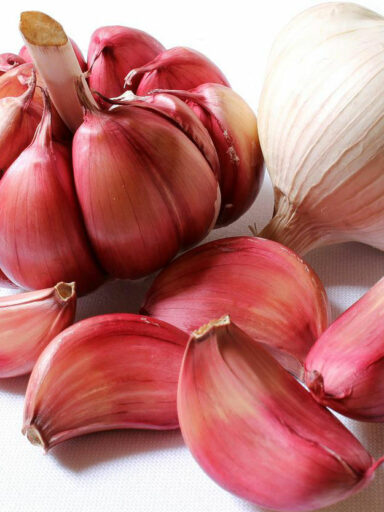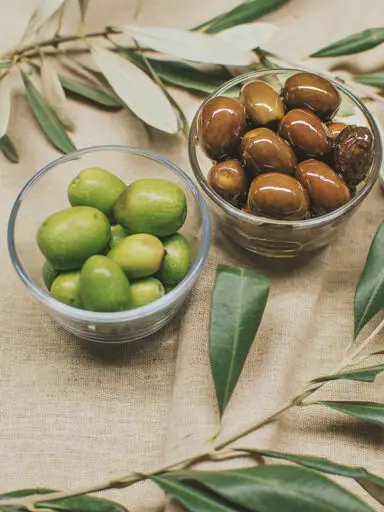Collard greens are leafy green vegetables closely related to kale and cabbage but are non-heading crops grown for their nutritious leaves. It is also related to other vegetables such as broccoli, cauliflower, swiss chard, arugula, kohlrabi, and Brussels sprouts.
The leafy vegetable is cherished for its large, dark green edible leaves. It is popular in parts of the United States, Brazil (Couve), India, the Balkans, Portugal (Couve Galega), Spain, and Kenya, Tanzania (known as Sukuma Wiki where it is one of the most popular vegetables eaten in the region), Cape Verde (Berza) and other parts of Africa. In New Zealand, it is known as dalmatian cabbage.
The crop can grow up to about one to one and a half meters in height. It has large dark green leaves that grow around and out of the main stem. Leaves can be harvested when needed as the rest of the plant continues to grow. Six to eight weeks after planting is generally when harvest starts.
Fresh collard greens are available in the markets throughout the year. Fresh leaves are bright and vibrant in color. The leaves should be firm and crisp and resistant to water. limb stocks are a sign that the plant is no longer fresh. Also, leaves that are turning yellow should be avoided.
They are best stored in a refrigerator for a few days. Out of a refrigerator, they go bad after no more than a couple of days.
Preparation of Collard Greens for Food
Leaves should be washed under running water and swished in a bowl of saline water to remove insect eggs, dirt, soil, pesticide, and insecticide residue. Thereafter you can cut the tough stock off. The leaves can be shredded, chopped, sliced, or cut in any way according to the instructions in the recipe.
The smaller the cuts the quicker it cooks which helps in preserving nutrients. Overcooked collard greens lose their color and take a soft texture. You want to cook the greens but retain the crispy texture.
You can sauté, fry, or blanch the vegetable. They can be eaten in salad dishes, mixed with other vegetables, or as a vegetable on their own. They can also be juiced to make healthy juices with other vegetables such as carrots, watermelon, and other fruits and vegetables.
Collard greens work well cooked with onion, garlic, and tomatoes and mixed with Swiss chard.
Nutritional Benefits
Collard greens are rich in antioxidants and dietary fiber. They are low in fat and contain no cholesterol. They contain just 32 calories per 100 grams. The vegetable is rich in vitamins and minerals as well.
The greens are rich in B-complex vitamins such as folates, niacin, pantothenic acid, pyridoxine, riboflavin, and thiamin. They are very rich in vitamin A, vitamin C, and vitamin K. It is also a great source of vitamin E.
Of the minerals, collard greens are a good source of potassium, calcium, copper, iron, and magnesium. It is also a good source of manganese.



